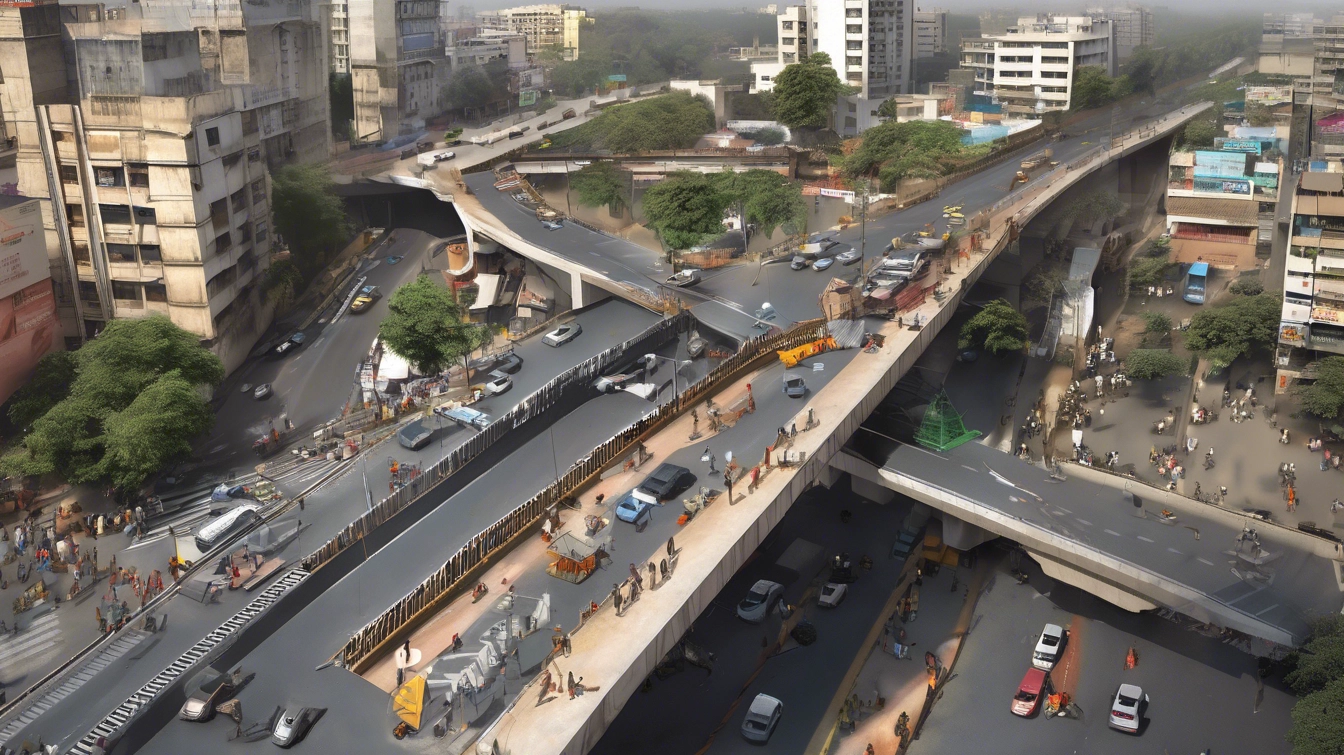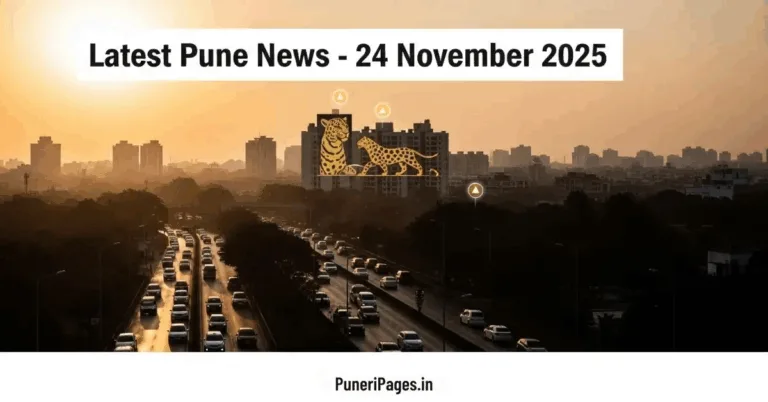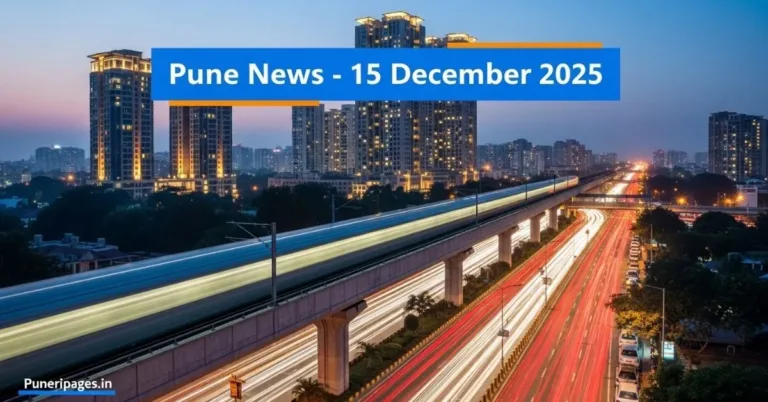
A new 100-metre foot overbridge at Pune’s Chandni Chowk flyover is under construction and slated for completion within three months from April 27, 2025, aiming to vastly improve pedestrian safety and traffic flow in one of the city’s busiest junctions.
Overview of Chandni Chowk Junction
Chandni Chowk serves as a critical convergence point for traffic from NDA, Pashan, Kothrud, and Mulshi, feeding into Pune’s city limits. The main flyover above this junction was inaugurated by Union Minister Nitin Gadkari on August 12, 2023, yet it lacked any pedestrian facility beneath it.
Pedestrian Safety Concerns
Without a dedicated crossing, pedestrians have been forced to navigate through fast-moving highway traffic and service lanes, leading to daily risks and delays. Local residents and activists have long demanded a foot overbridge or underpass to eliminate dangerous jaywalking and ensure safe passage.
NHAI’s Project Plan and Timeline
The National Highways Authority of India (NHAI) began foundation work on the bridge’s pillars in late April 2025, with installation of the main spans set to follow in planned phases All construction is targeted for completion by late July 2025, marking a three-month delivery window from the project’s April start date.
Bridge Specifications and Cost
The pedestrian overbridge will measure approximately 100 metres in length and 6.6 metres in width, with robust iron spans supported by reinforced concrete pillars. The project budget is estimated at ₹7 crore, covering materials, labor, and safety features.
Benefits for Commuters
Once operational, the foot overbridge will eliminate long wait times and dangerous crossings by providing a seamless elevated route above the highway. Commuters carrying luggage or with mobility challenges have also requested lifts or escalators at both ends for greater accessibility .
Integration with Pune Metro
Recent joint inspections by NHAI and Pune Metro officials ensured that the new foot overbridge will integrate smoothly with the proposed Chandni Chowk metro station, enhancing last-mile connectivity and creating a unified transit hub






